#Dinosaur National Monument
Text


Our National Park service has some of the best goddamn social media out there.
127 notes
·
View notes
Text

A serene place to set up camp.
Dinosaur National Monument Camp, Utah
1950
#vintage camping#campfire light#utah#history#camping#dinosaur national monument#travel#explore#go outside
194 notes
·
View notes
Text


god I love following the NPS on social media
49 notes
·
View notes
Text



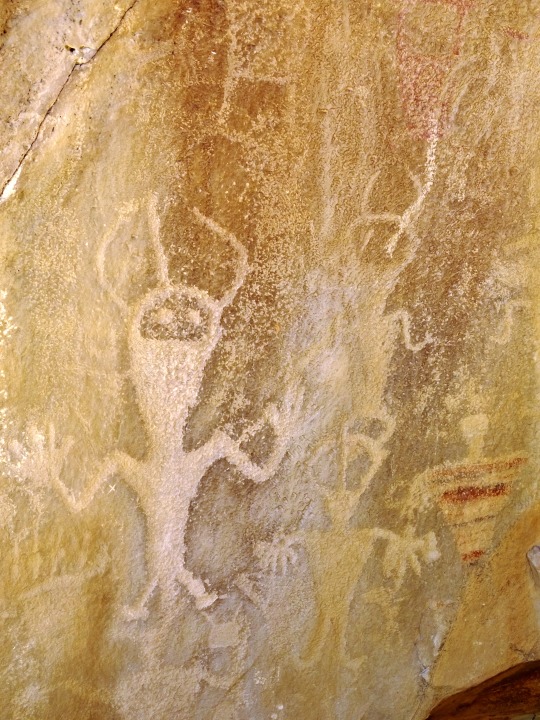












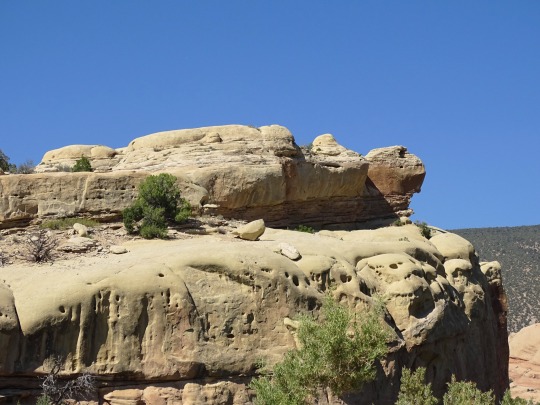
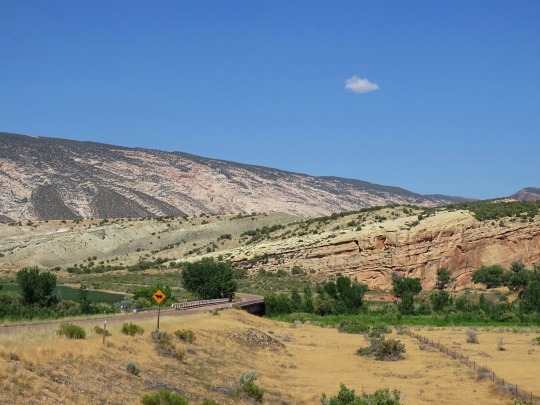





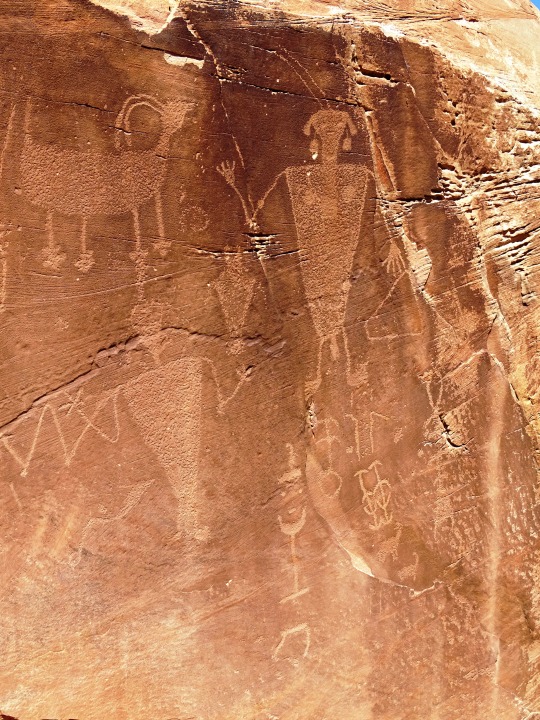


The Dinosaur National Monument was declared a national monument on October 4, 1915.
#Dinosaur National Monument#national monument#4 October 1915#travel#anniversary#US history#original photography#summer 2022#vacation#Uintah County#Utah#landscape#countryside#tourist attraction#landmark#Morrison Formation#Green River#petroglyphs#Native American history#Turtle Rock#geology#bush#flora
18 notes
·
View notes
Text
ANDREW CARNEGIE
As Americans, this is a name we have all come to recognize. Carnegie was an incredibly successful industrialist and philanthropist in the late 19th century and early 20th century.

He was born in Dunfermline, Scotland but his family moved to Pittsburgh, Pennsylvania when he was a child. He built Pittsburgh's Carnegie Steel Company which he sold to J.P. Morgan for a whopping $300 mill ($10 bill today).
His biggest contributions came after he sold his steel company. He believed that the rich had a duty to improve society so he focused his efforts on building local libraries, world peace, education, and scientific research. He are some of the buildings he funded or had built:
Carnegie Hall



Carnegie Institute of Science

Carnegie Mellon University
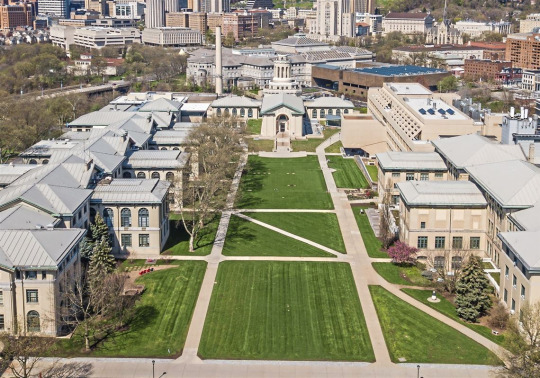
Carnegie Museums
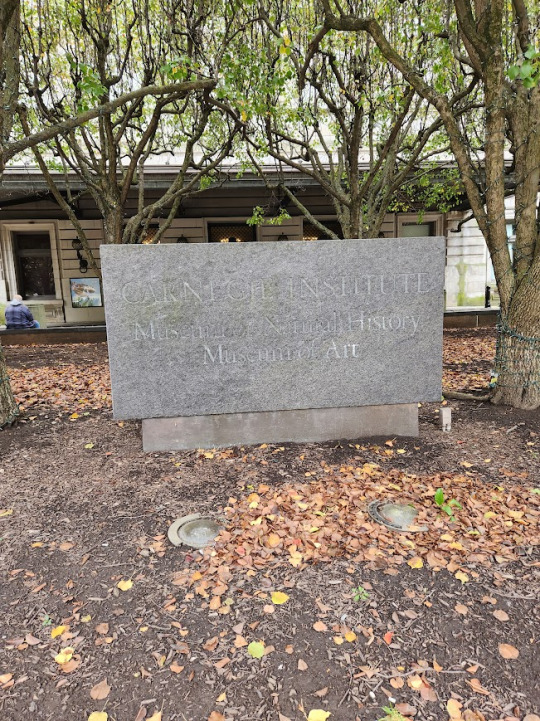
Carnegie was fascinated with dinosaurs. He actually funded the digs at Dinosaur National Monument (yes, that place exists thanks to him).
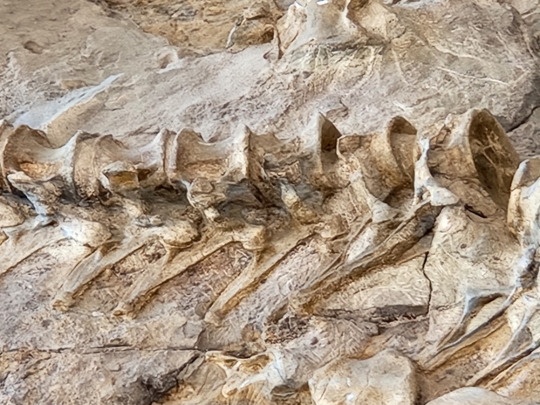
He was especially proud of Dippy, the first Diplodocus ever discovered.
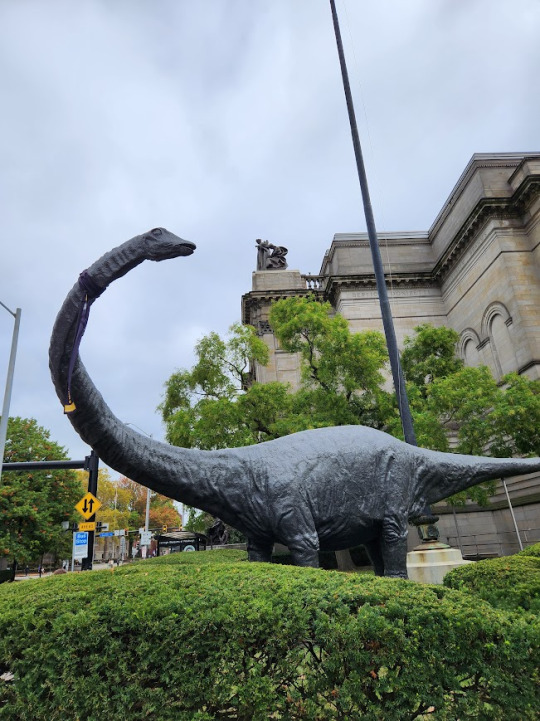
The species name was actually named for him (Diplodocus carnegii) and the full skeleton stands in Dinosaur Hall today at the Carnegie Museum of Natural History. Carngie had several copies of the skeleton made and shipped to other museums in South America and Europe.

Carnegie donated over $250,000 to paleontology for "collecting, preparing and studying dinosaur and other vertebrate fossils." If only we had as generous a wealthy benefactor for our site. That is the dream.
While Diplodocus was the most famous dinosaur connected to Carnegie, there was one other fairly famous dinosaur connected to him. You've probably heard of this guy:

The American Museum of Natural History in New York sold the skeleton to Carnegie during WWII when they thought in would be bombed by the Germans. The skeleton has stood in Carnegie's museum ever since.
#paleontology#dinosaur#fossils#fun facts#dinosaur national monument#andrew carnegie#history#pittsburgh pa#carnegie museum of natural history
8 notes
·
View notes
Photo

Part of the fossilized skeleton of a Camarasaurus, preserved in situ at Dinosaur National Monument in Vernal, Utah. The site’s bone bed dates to the Late Jurassic Period (150 million years ago) and includes the remains of many iconic dinosaurs from that time, including Allosaurus, Stegosaurus and Apatosaurus.
#Palaeoblr#Camasaurus#Dinosaur#Dinosaur National Monument#Jurassic#Prehistoric#Fossil#Mesozoic#Photo#Sauropod
229 notes
·
View notes
Text
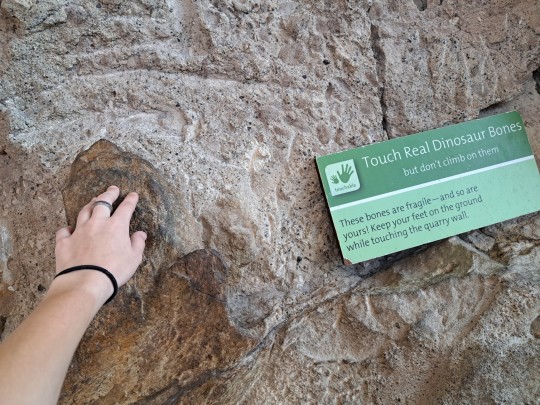

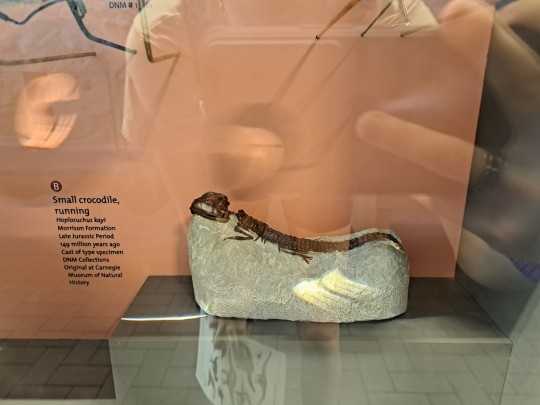

oh my god
5 notes
·
View notes
Text
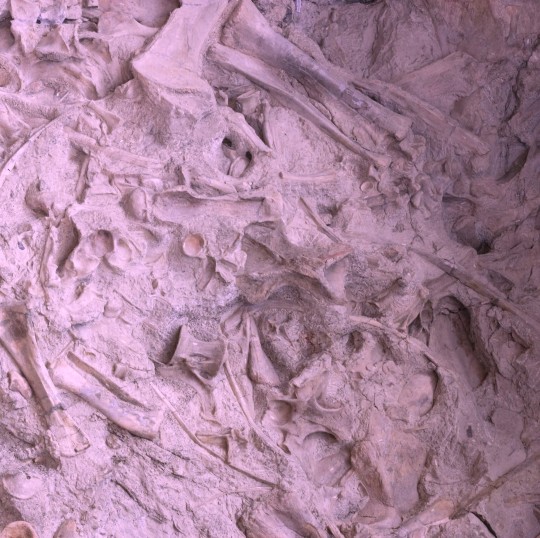
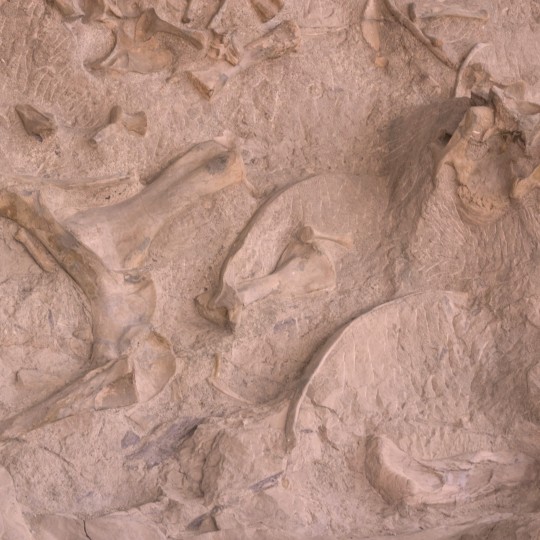




Fossils of Dinosaur National Monument, but r a i n b o w
#i had fun with this#i had exactly 6 pictures so yay pride :D#i know its late#rainbow#the dumbest shit in the weirdest places#traveling#travel#road trip#driving#dinosaur#dinosaur national monument#national monument#fossils#fossil#dinosaur fossil#utah#jensen utah#photo#photography
2 notes
·
View notes
Text







A camping trip through Dinosaur National Monument and near Fossil Butte.
#dinosaur national monument#Colorado#Utah#fossil butte national monument#wyoming#whispering cave#Ashley national Forest
3 notes
·
View notes
Text
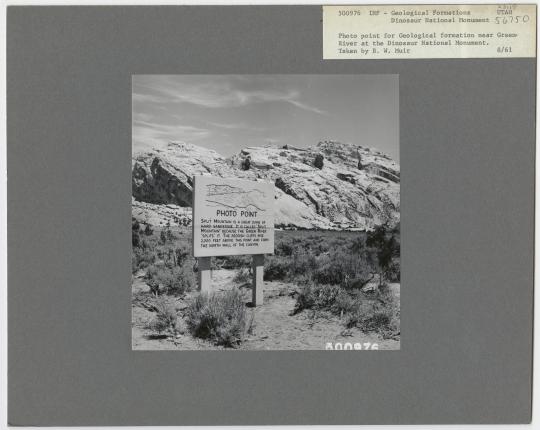
Geological Formations - Other - Utah
#gone diving#national archives#forest service#national park#dinosaur national monument#photograph#1961
0 notes
Text
It Was A Popular National Monument, Until It Was Robbed To Extinction
— Saturday July 08, 2023
NEXSTAR — For decades, National Parks have served to protect sites with some sort of natural or cultural significance. Unfortunately, it doesn’t always go smoothly. That’s especially true for one former site.
In the late 1800s, ranchers in South Dakota’s Black Hills, near Minnekahta, stumbled upon fossilized prehistoric plants from the Cretaceous period — and lots of them. It wasn’t long before scientists from institutions nationwide caught wind of the discoveries and came to the area to buy up the fossils, Atlas Obscura explains.
Among the Scientists was Yale University Paleontology Student George Reber Wieland, who had already gained recognition for discovering the largest marine turtle ever documented, the Achelon Ischyros.
He also had a special admiration for fossilized cycads, even placing some among his backyard plants at his Connecticut home. Wieland was so interested in the fossilized cycads found in the Black Hills that in 1920, he filed for 320 acres of the land under the Homestead Act — after trying to convince federal lawmakers to designate the area as a national monument.

Yale paleobotanist George Wieland and NPS officials oversee a CCC field crew in a test excavation at Fossil Cycad National Monument, South Dakota, 1935. NPS photo
It wasn’t until the fall of 1922 that the land became known as Fossil Cycad National Monument, thanks to a designation from President Warren G. Harding. In his Presidential Proclamation, Harding said the monument deserved protection in order to preserve “rich Mesozoic deposits of fossil cycads and other examples of paleobotany.”
At the time, it was the third federally-protected site dedicated to fossils, according to the National Park Service. The first was Petrified Forest, declared a monument in 1906 by President Theodore Roosevelt, followed by Dinosaur National Monument, established in 1915 by President Woodrow Wilson.
Unlike Petrified Forest and Dinosaur, the situation wasn’t promising at Fossil Cycad by the time it received its designation.
Part of the problem was the environment. The focal points of Fossil Cycad National Monument — the fossils — were being eroded before more could be exposed, the NPS explains.
Those that were exposed faced another predator: humans.
“Fossil cycadeoids were being taken by the thousands for research purposes and to display in museums,” a report on the agency’s website explains. “The loss of the exposed petrified plant remains eventually left the site devoid of fossils and ultimately without a purpose to justify its existence as a unit of the National Park Service.”
Among the most egregious fossil collectors was the monument’s biggest advocate: Wieland himself.
“He had a scientific interest in the collection, but he almost seemed to become obsessed with the resource,” Vincent Santucci, a geologist and paleontologist with the National Park Service told the Capital Journal in 2014. Wieland is believed to have taken thousands of the fossil cycads from his beloved plot of land.
It wasn’t just Wieland. Despite small signs at Fossil Cycad warning tourists not to prospect, they would come and collect the fossils exposed, even though the monument never officially opened to the public. The more exposed fossils became, the more visitors the monument attracted, and the fewer fossils were left protected at the site.

Original sign for Fossil Cycad National Monument. NPS History Collection, HFCA-01244
To Wieland’s credit, historians say he did want to create a visitor center at Fossil Cycad, even if it was mainly to house his favorite collections from the site. And he often pushed for funding for the monument.
But, four years after Wieland’s 1953 death, and after the site had lost its most crucial resource, Congress de-authorized Fossil Cycad National Monument.
In 1955, Representative E. Y. Berry of South Dakota introduced legislation to abolish the monument, a report from the NPS explains. It was the NPS itself that requested the legislation be introduced. (At the time, visitors to Fossil Cycad probably would not have seen any fossilized cycad.) The legislation would later pass, and Fossil Cycad lost its national monument status, instead becoming part of the Bureau of Land Management.
The NPS released a statement amidst the abolishment, saying it “was requested by the NPS in line with its policy to eliminate from the National Park Service those areas considered to be of less than national significance.”
The legislation did stipulate that should fossils be found during construction or excavation, they would become the property of the federal government. That happened in the 1980s, according to NPS. In 2015, the BLM designated the 320 acres of the former monument as an ACEC, or area of critical environmental concern, protecting it from future mineral leasing, fossil gathering, development, and more.
Still, there are no signs or other indications of where the national monument even was anymore, instead serving as a reminder to “leave no trace and take only memories and pictures.” Meanwhile, the prospected cycads are now part of collections at Yale, the South Dakota School of Mines and Technology, and other museums — and likely some private collections.
#Extinction#National Monument#National#Fossil Cycad National Monument#South Dakota#President Theodore Roosevelt#Dinosaur National Monument#President Woodrow Wilson#National Park Service#President Warren G. Harding#Yale University#George Reber Wieland#Achelon Ischyros#Representative E. Y. Berry of South Dakota#Bureau of Land Management#South Dakota School of Mines and Technology
1 note
·
View note
Text
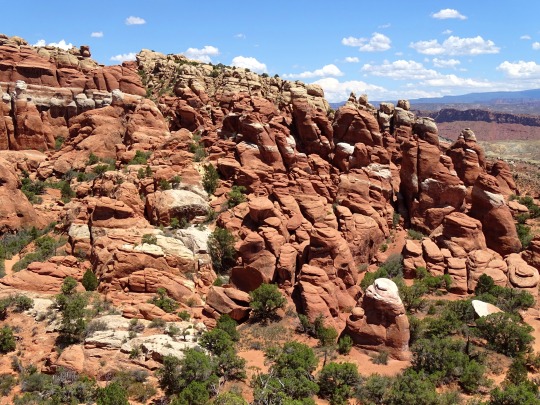


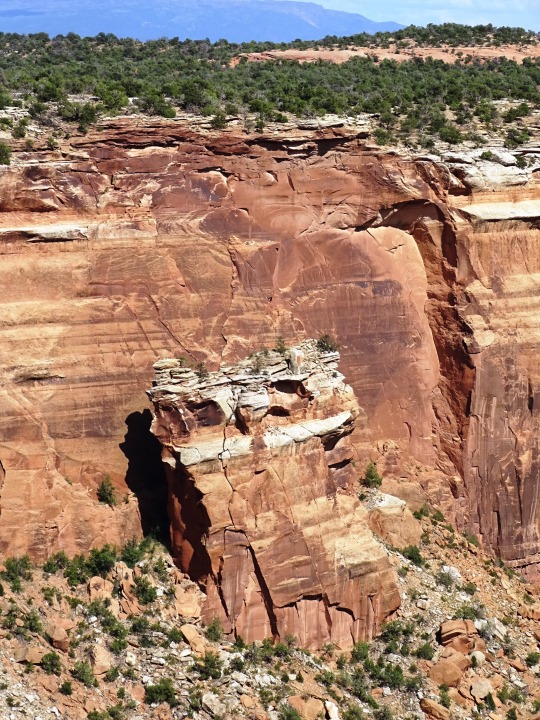




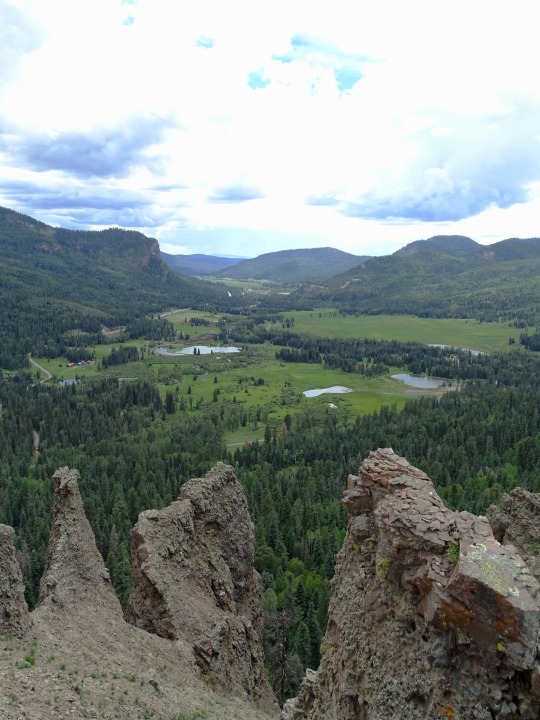



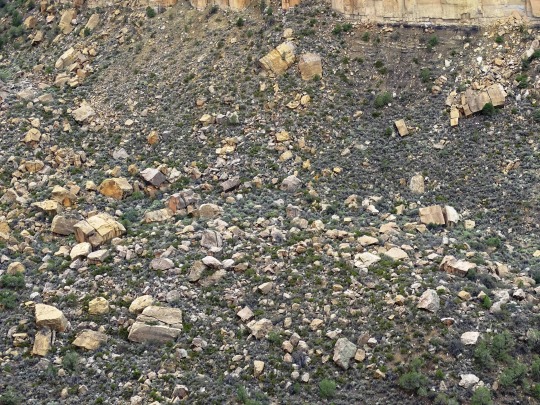

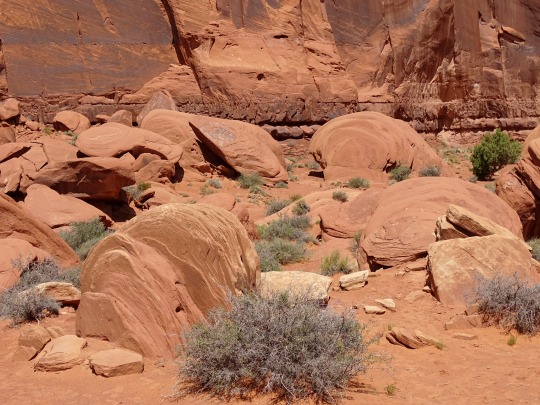
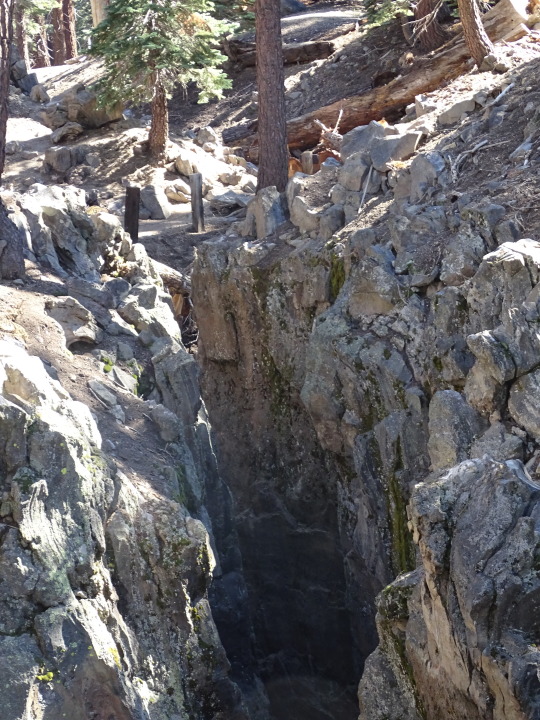



International Rock Day
The Rock or stone is a naturally occurring solid aggregate of one or more minerals or mineraloids. For example, the common rock granite is a combination of the quartz, feldspar and biotite minerals. The Earth’s outer solid layer, the lithosphere, is made of rock. Rocks have been used by mankind throughout history. From the Stone Age, rocks have been used for tools. The minerals and metals found in rocks have been essential to human civilization.
Learn about International Rock Day
International Rock Day has been created so that people all around the world can learn more about rocks. It’s not about rock and roll music; it’s all about the stone variety! After all, rocks play a big role in the environment, and they have been used by humans for many purposes over the years.
Three major groups of rocks are defined: igneous, sedimentary, and metamorphic. The scientific study of rocks is called petrology, which is an essential component of geology. At a granular level, rocks are composed of grains of minerals, which, in turn, are homogeneous solids formed from a chemical compound that is arranged in an orderly manner.
The aggregate minerals forming the rock are held together by chemical bonds. The types and abundance of minerals in a rock are determined by the manner in which the rock was formed. Many rocks contain silica (SiO2); a compound of silicon and oxygen that forms 74.3% of the Earth’s crust. This material forms crystals with other compounds in the rock. The proportion of silica in rocks and minerals is a major factor in determining their name and properties.
History of International Rock Day
International Rock Day is a day for celebrating this substance, which has been critical to the survival of mankind. Throughout history, rocks have been used. Since the Stone Age, rocks have been important for use as weapons and tools. The metals and minerals that have been found in rocks are critical to human civilization.
Rocks are geologically classified according to characteristics such as mineral and chemical composition, permeability, the texture of the constituent particles, and particle size. These physical properties are the end result of the processes that formed the rocks. Over the course of time, rocks can transform from one type into another, as described by the geological model called the rock cycle.
These events produce three general classes of rock: igneous, sedimentary, and metamorphic. The three classes of rocks are subdivided into many groups. However, there are no hard and fast boundaries between allied rocks. By increase or decrease in the proportions of their constituent minerals they pass by every gradation into one another, the distinctive structures also of one kind of rock may often be traced gradually merging into those of another.
Hence the definitions adopted in establishing rock nomenclature merely correspond to more or less arbitrary selected points in a continuously graduated series.
How to celebrate International Rock Day
There are a number of different ways that you can celebrate International Rock Day. One of the options is to do a bit of research on the different types of rocks that are available across the globe, as well as the different uses for these rocks. You can share this knowledge with your friends and family. Why not go on a rock hunt together? You can collect different types of rocks and learn about them. It is always fun to spend your time doing something different with the ones that you love.
Another way to celebrate International Rock Day is to enjoy an art project involving rocks. The best rocks for painting are those that can fit into the palm of your hand. The best surfaces for images and designs are rocks that have a flat surface and are nice and smooth.
You should also wash the surface of the rock and get rid of all of the dirt before you begin to paint. You will also find that acrylic paint works the best. You can use a variety of different types of brushes, depending on the sort of techniques that you want to attempt. When you are finished, seal the design. You can experiment with new colors and effects, creating different themes of rocks and exciting designs.
You can also spend some time learning about rocks on International Rock Day. After all, there is so much information about their formation uses, and much more. We will end this post with some fascinating facts to help you get started…
Some minerals and rocks appear so unusual that legends and myths have sprung up about them. For example, it was believed that snakestones were the remains of coiled snakes that had turned into stones.
Artists have used the colors inside some minerals and rocks for many years. For instance, cinnabar, which is the powder of a mineral rock, was used for art in the Middle Ages because of its brilliant red color.
Meteorites are pieces of metal or rock that hit the earth. Some have broken off to create asteroids, which are big rock chunks that orbit the sun in between Jupiter and Mars. If a big meteorite hits the Earth, it can result in a crater, which can change the surroundings of where it lands.
Source
#Dinosaur National Monument#travel#original photography#vacation#tourist attraction#landmark#landscape#countryside#USA#summer 2022#International Rock Day#InternationalRockDay#13 July#Utah#Colorado National Monument#Arches National Park#Yosemite National Park#Canyonlands National Park#Earthquake Fault#Mesa Verde National Park#Morro Bay#Page
23 notes
·
View notes
Photo
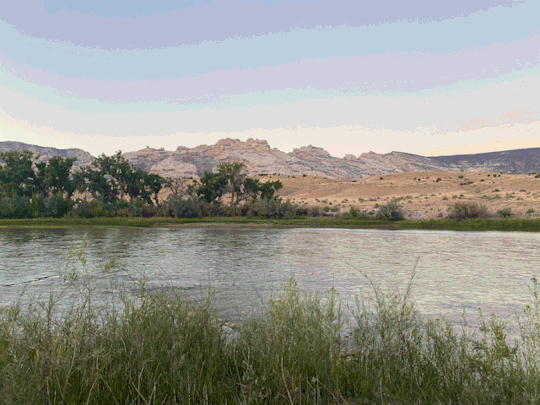
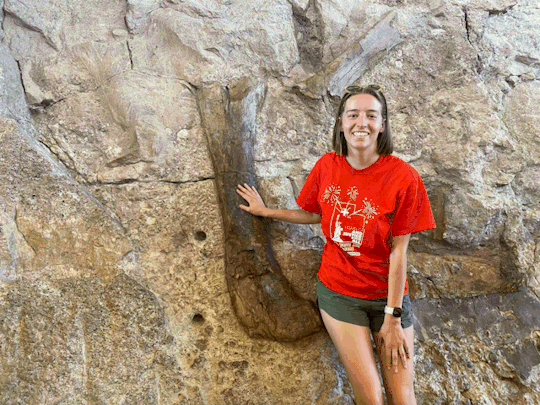

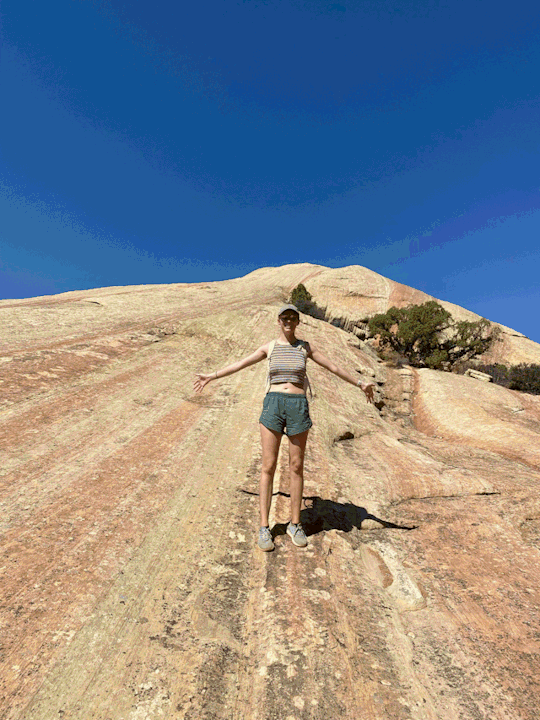
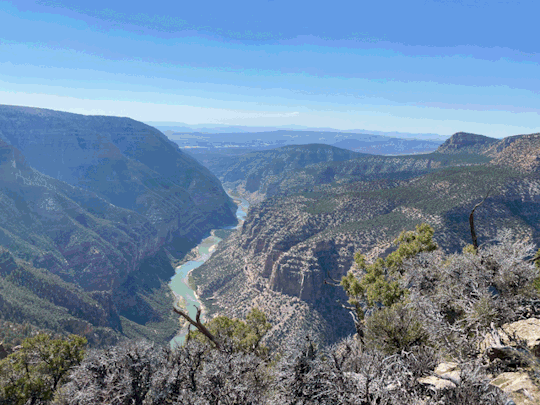
Dinosaur National Monument
Sound of Silence Trail: https://www.alltrails.com/trail/us/utah/sound-of-silence-trail
Harper’s Corner Trail: https://www.alltrails.com/trail/us/colorado/harpers-corner-trail
Took an overnight trip out to Dinosaur National Monument for Emily’s birthday because she wanted to see the dinosaur bones, and they were so cool! They had a crazy display of legit dino bones that had been washed downstream and were embedded in the rocks. They had an exhibit hall that you could walk through with a huge array of over 1,500 fossils exposed in the cliff face. We even got to touch one! Did not get the chance to lick one unfortunately.
We ended up paying for a campsite after our BLM campsite we picked out left us feeling a little uneasy, and then we spent all of day 2 hiking and driving around:
· Sound of Silence Trail: probably made worse by how hot and dry it was, but this trail was only ok. It was indeed silent as we were literally the only people (dumb enough to be) on the trail
· Harper’s Corner Trail: epic views of the Green River followed by an incredible overlook with sweeping views of the river canyons. A perfect trail in terms of amazing landscapes per miles hiked
· The many, many overlooks: per Emily’s request, we stopped at every single one. Can confirm - they all overlooked some things
A very cool trip! The dinosaur bones and petroglyphs we saw were definitely the highlights, but I saw this more of a “go once and then never again” kind of place.
1 note
·
View note
Note
Re: Requests
I love me some Microraptor, and also the Dinosaur National Monument in Vernal, Utah!
You got it!
Did you know that Dinosaur National Monument isn't just home to fossils, but to petroglyphs as well?
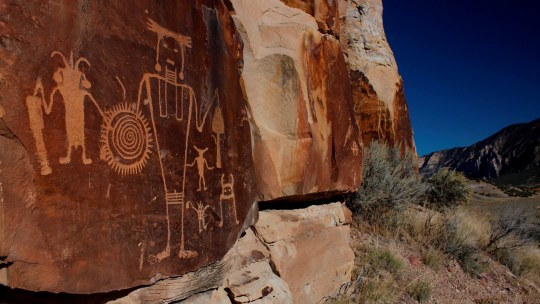
[ photo source ]
47 notes
·
View notes
Text
Cattle roam this $15.5mn Colorado farm – but it once belonged to dinosaurs
Cattle roam this $15.5mn Colorado farm – but it once belonged to dinosaurs
In 1979, 12-year-old India Wood discovered an Allosaurus skeleton on a northwest Colorado property known as Three Springs Ranch.
Source link
View On WordPress
#allosaurus bones#cattle#Colorado Rancho#dinosaur#Dinosaur National Monument#jack foster#Native American Petroglyphs#Three Springs Ranch
0 notes
Text
My immune system trying to protect me from disease (i fall sick every other week 💩) :
youtube
#Inazuma Eleven#Hissatsu wazza#Who is she ?#she's so iconic#Sis can perform highly athletic and acrobatic tricks make a volcano errupt summon dragons get a random guy isekai'd revive à dinosaur#Use koutei penguin no 1 and survive lift a several tonne anchor#Build a fucking monument make tornadoes happen literaly stop time and create a supermassive black hole#She can do everything but stop a shoot#A legend#At some point she so desperate she shows off her bootie#ie nation#She's our new national animal#i don't take criticism#Youtube
7 notes
·
View notes